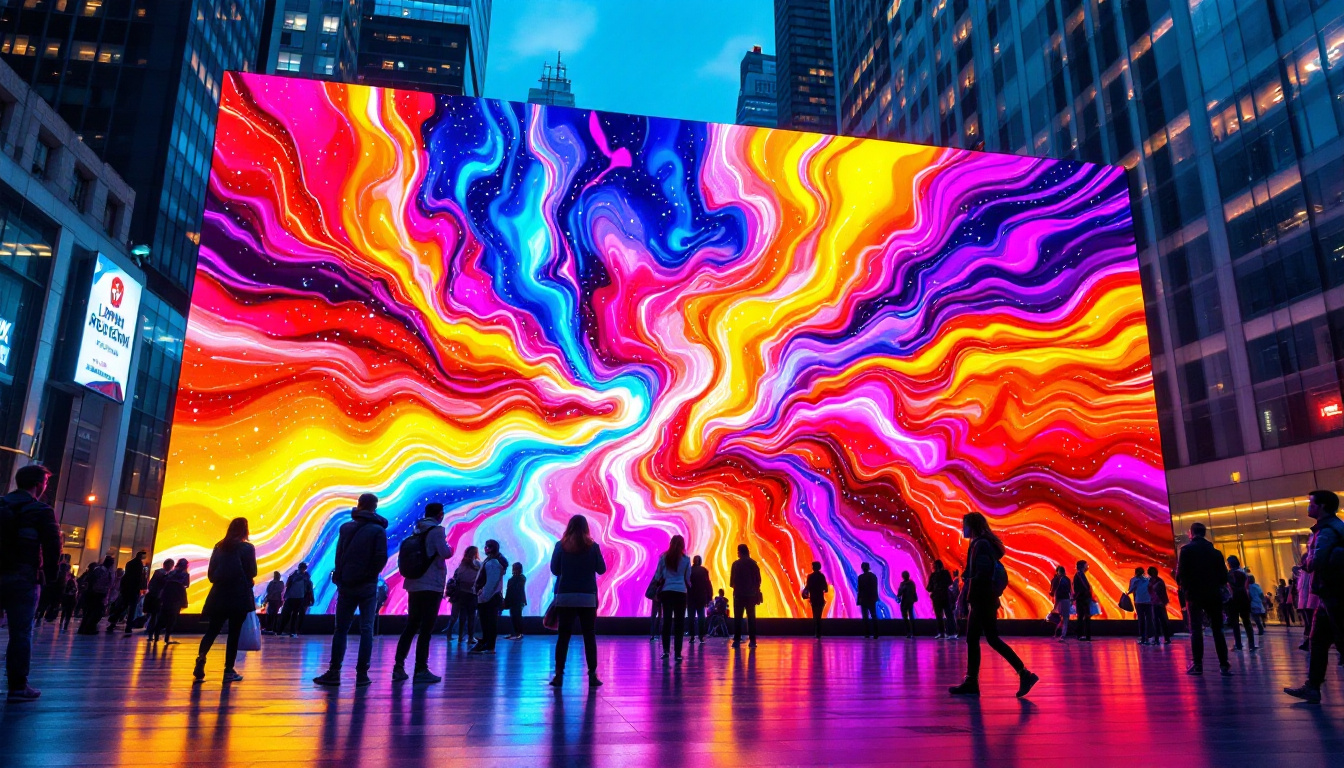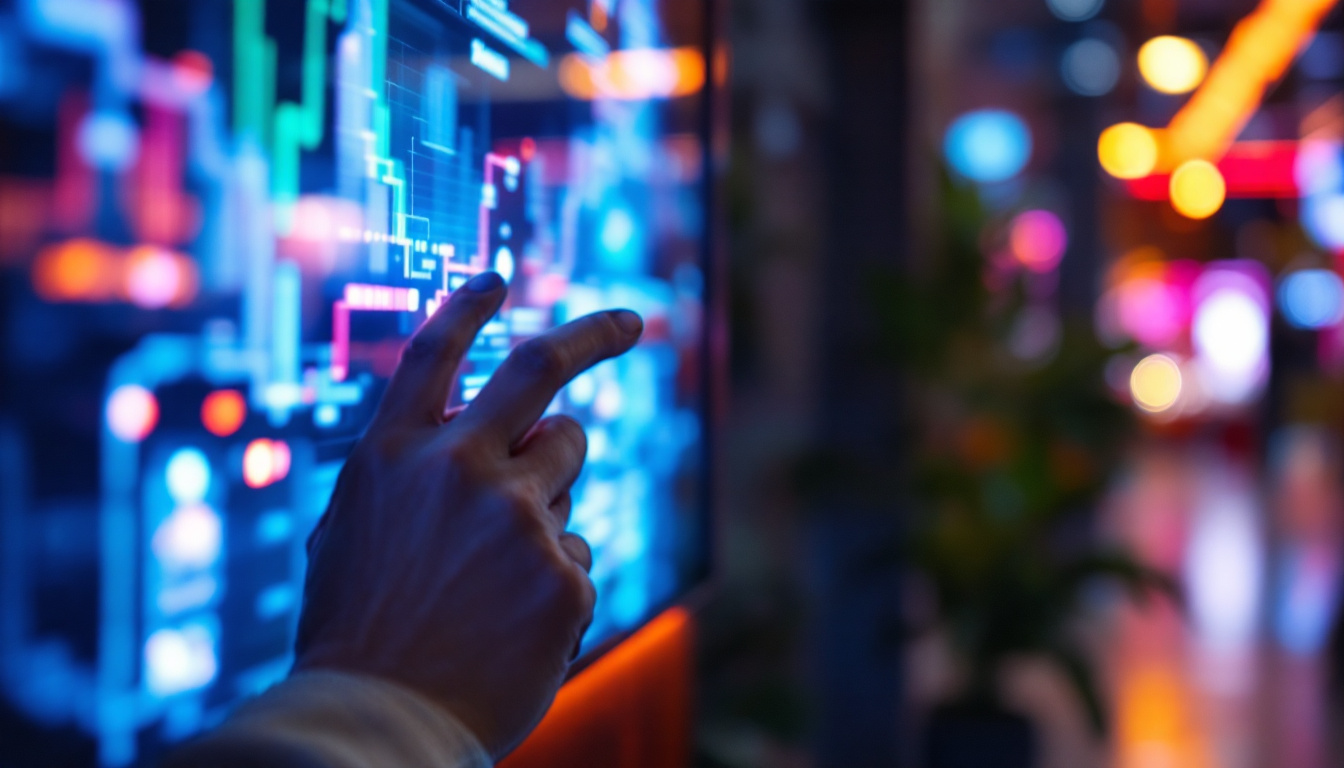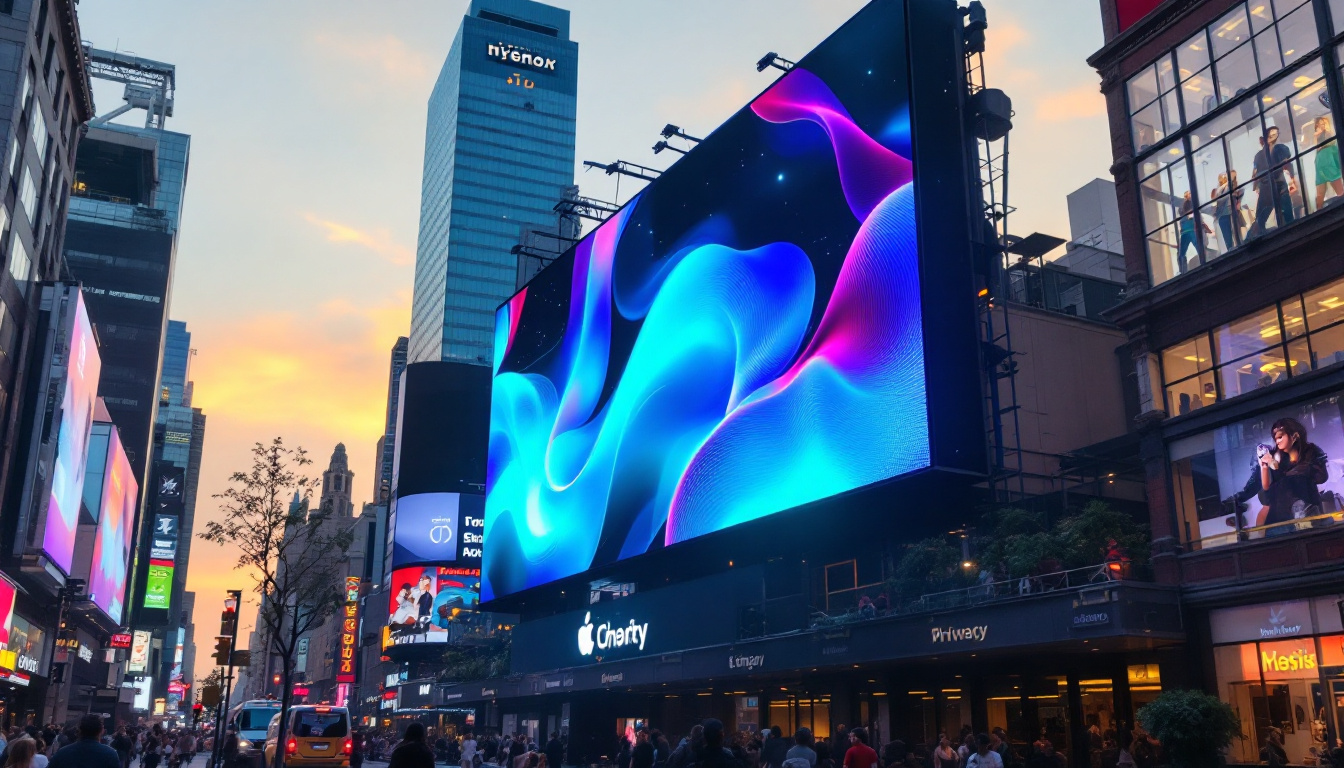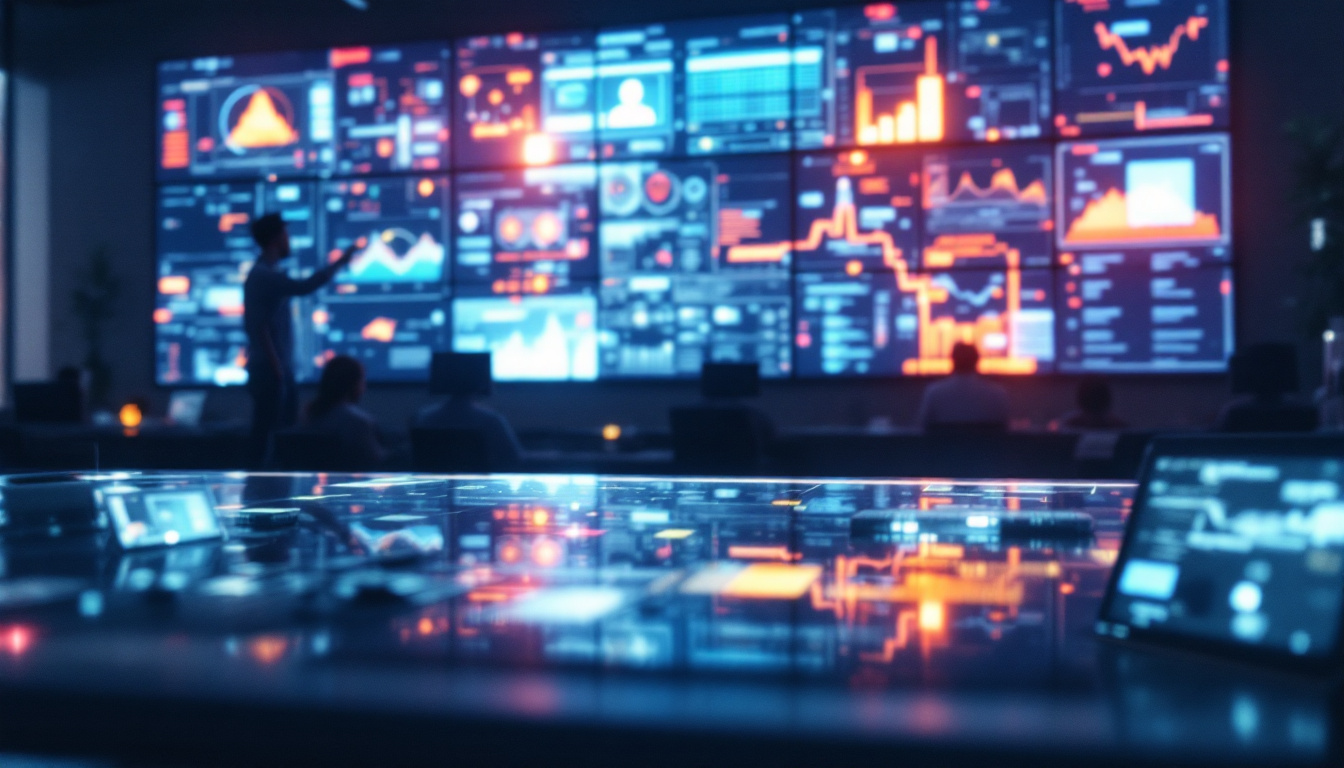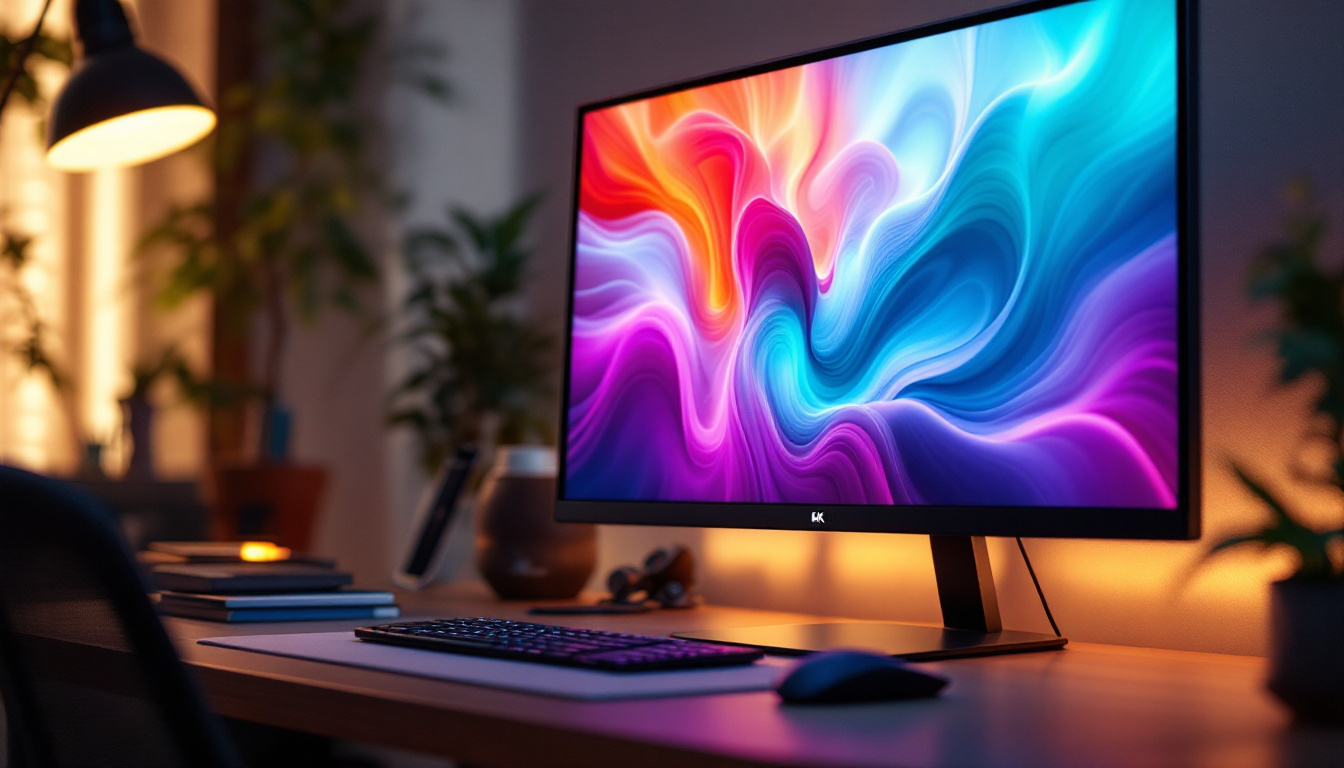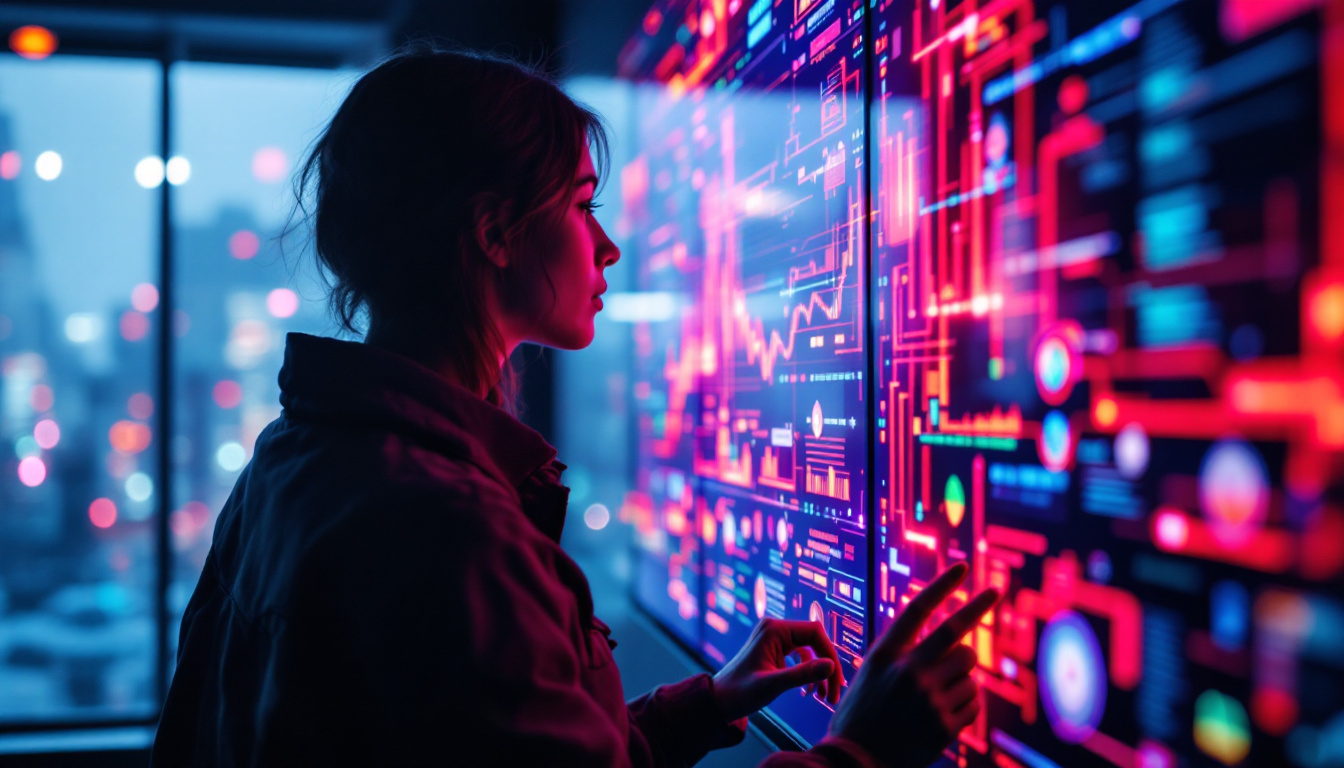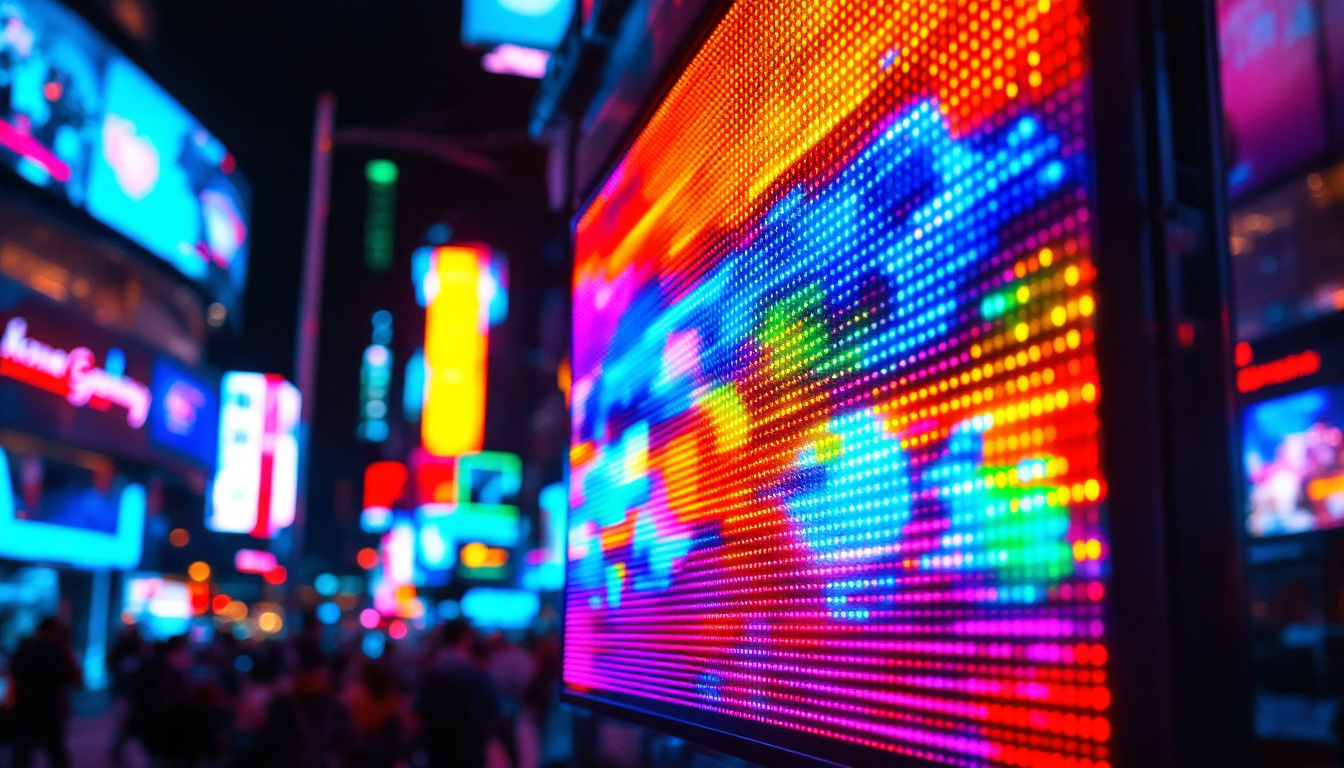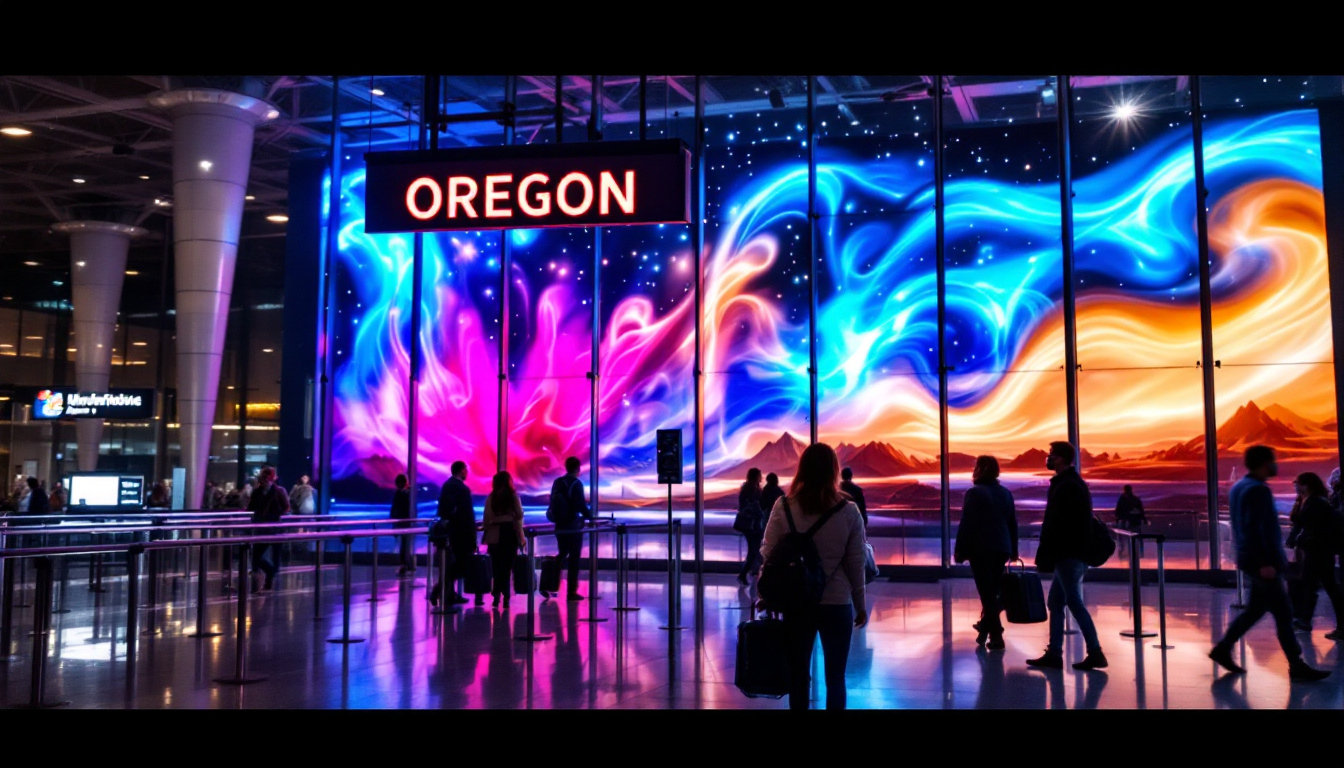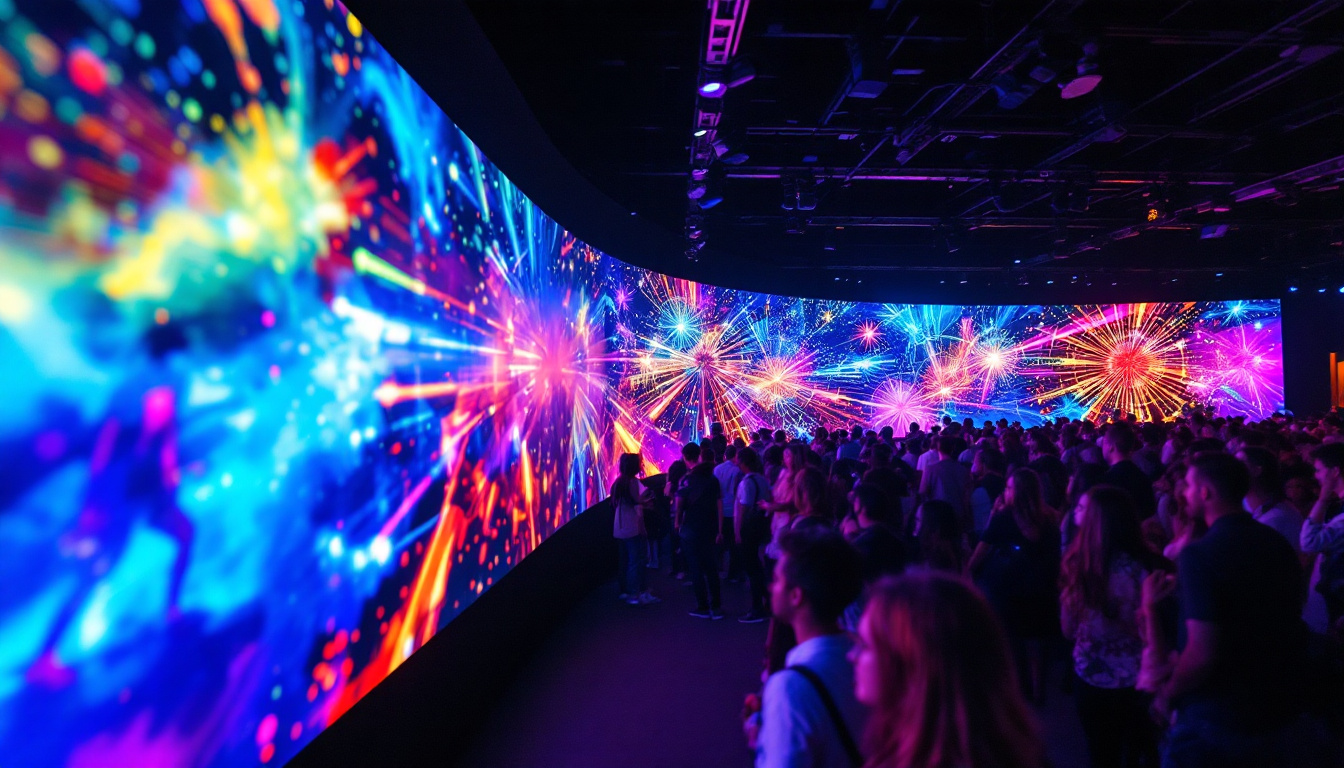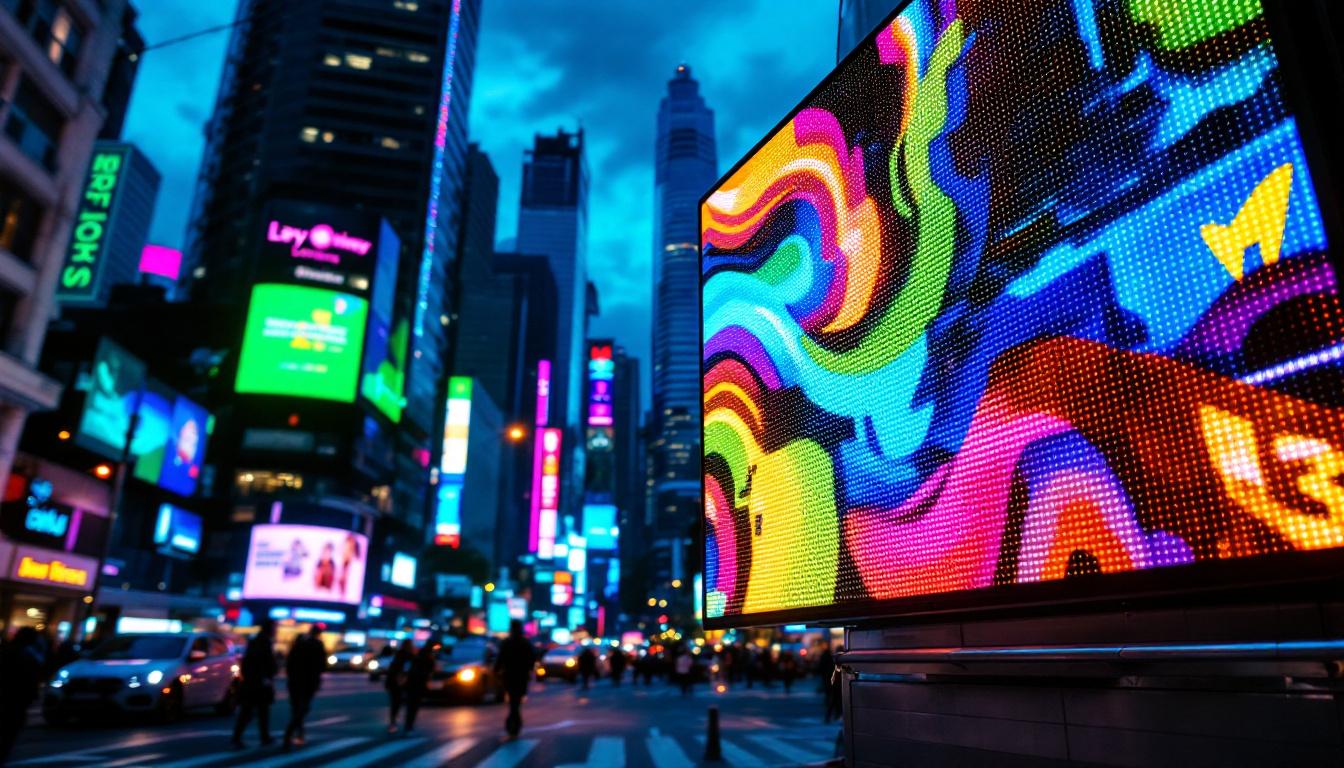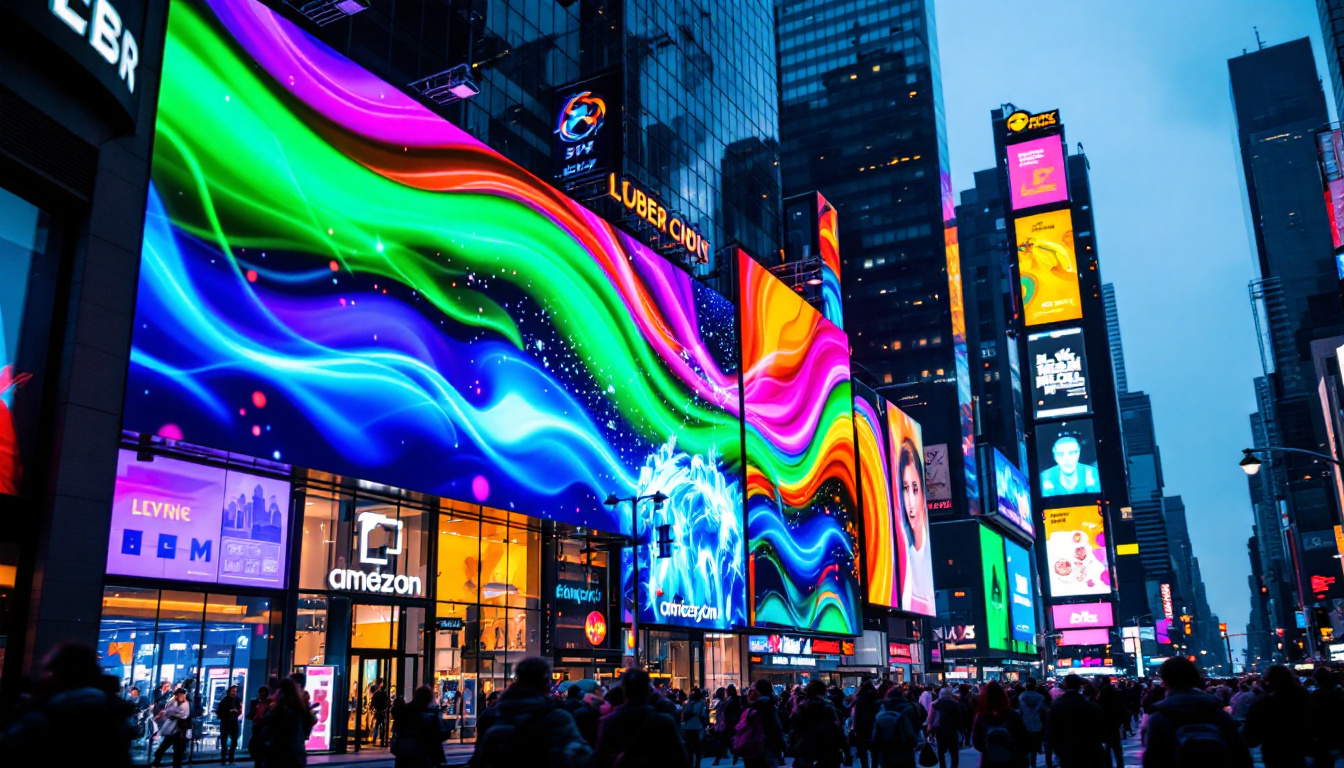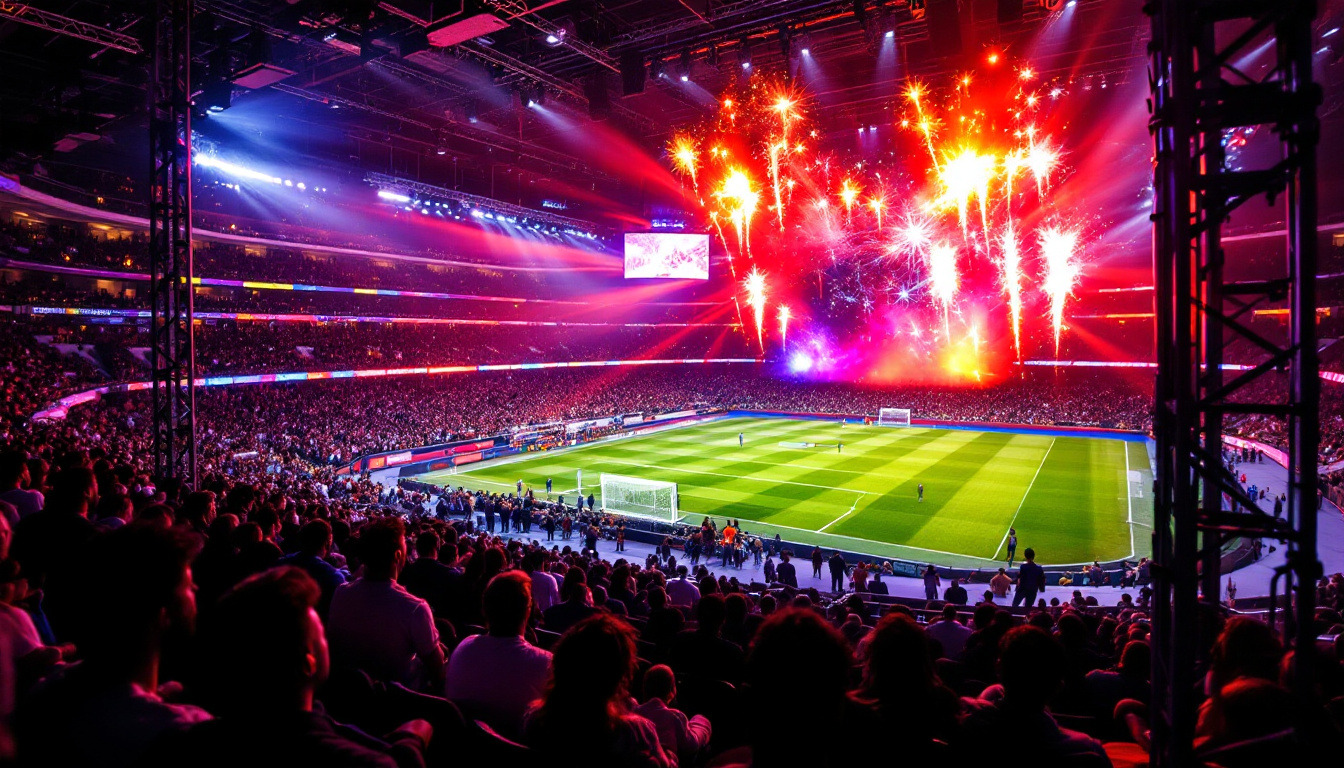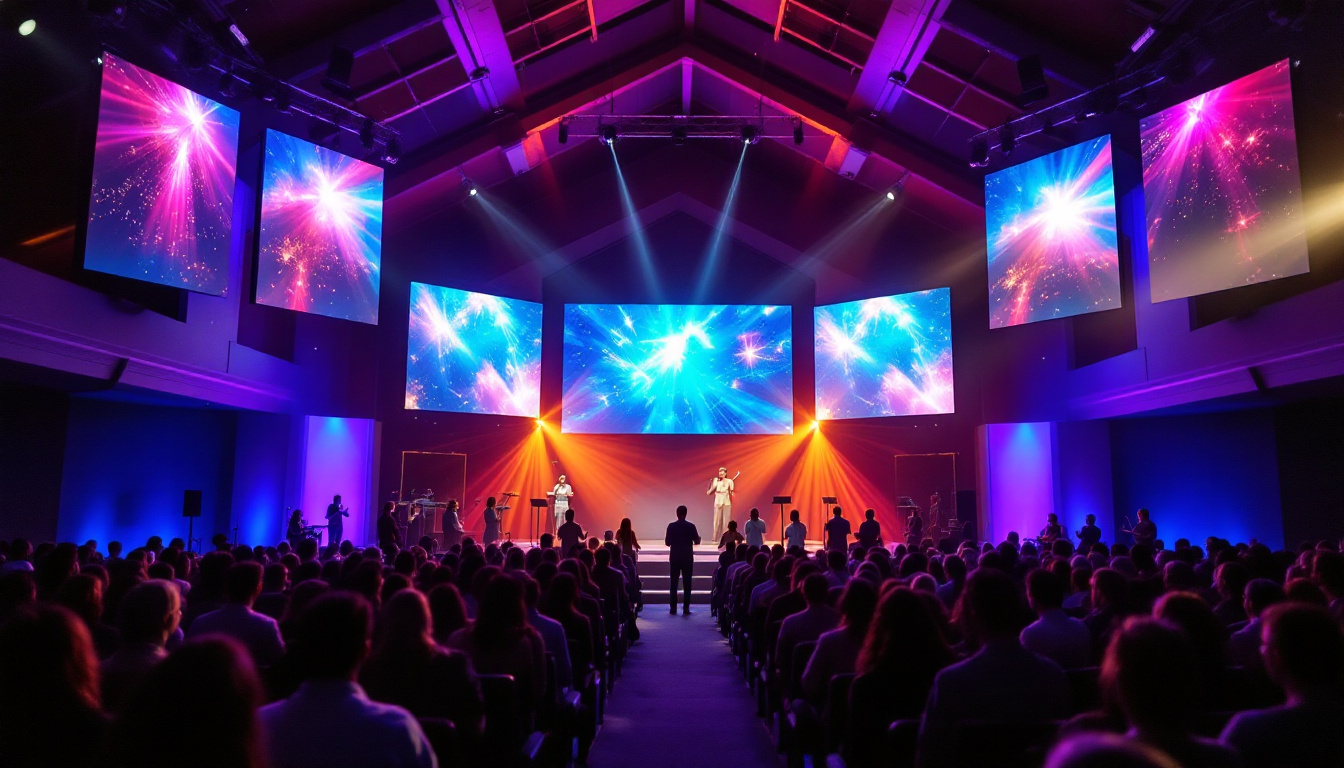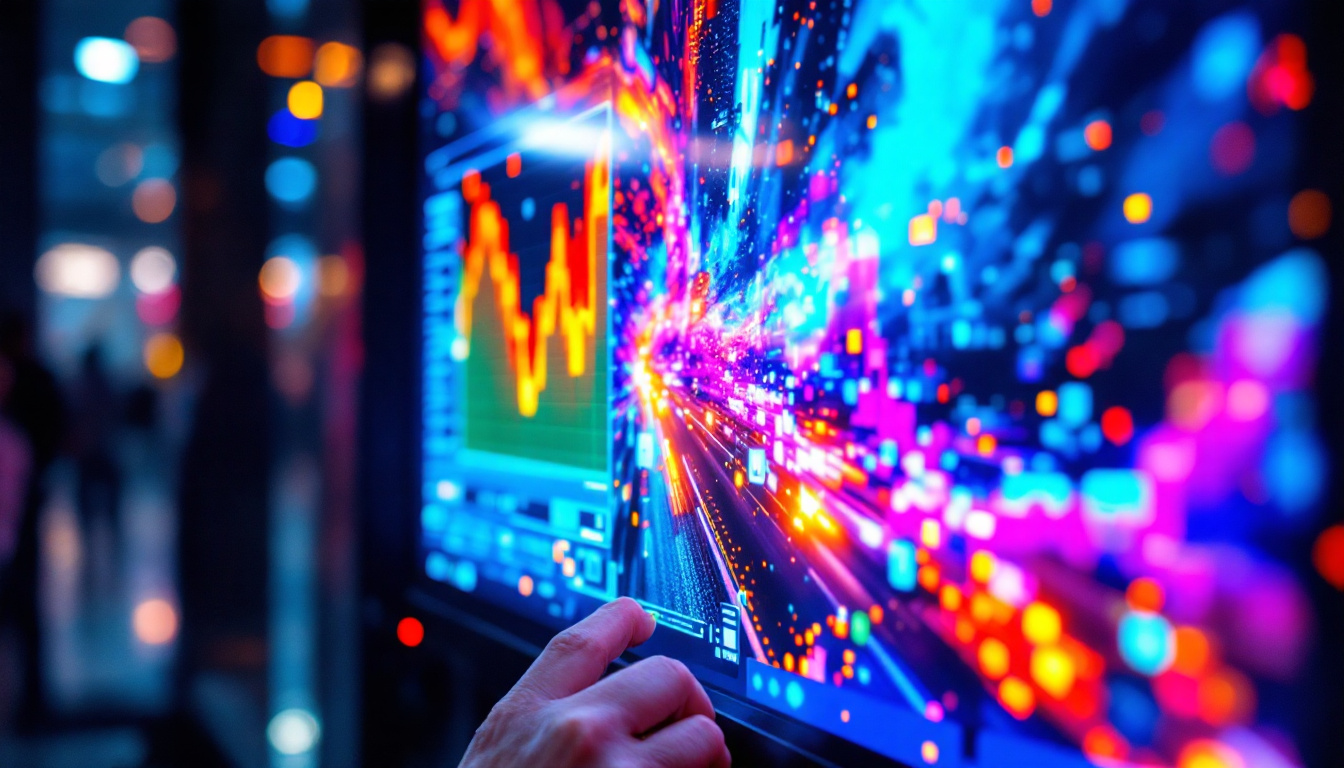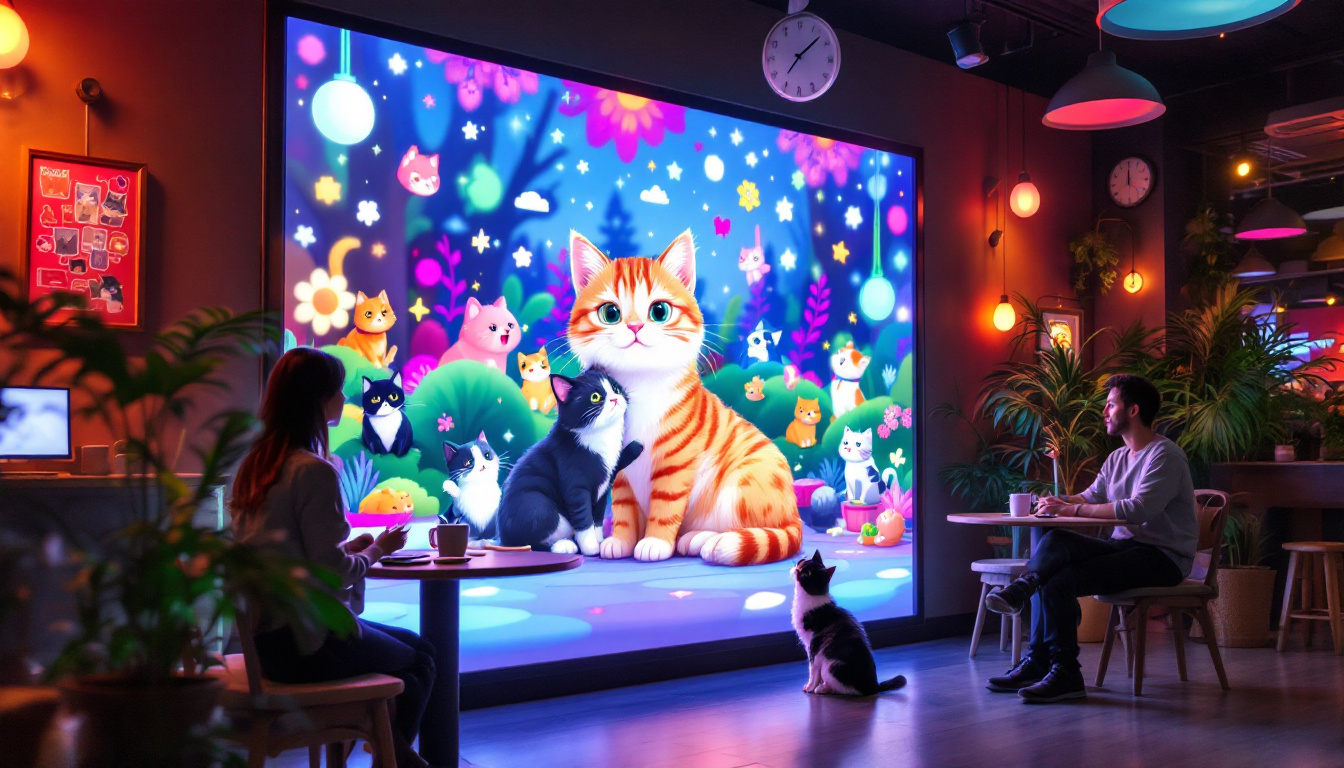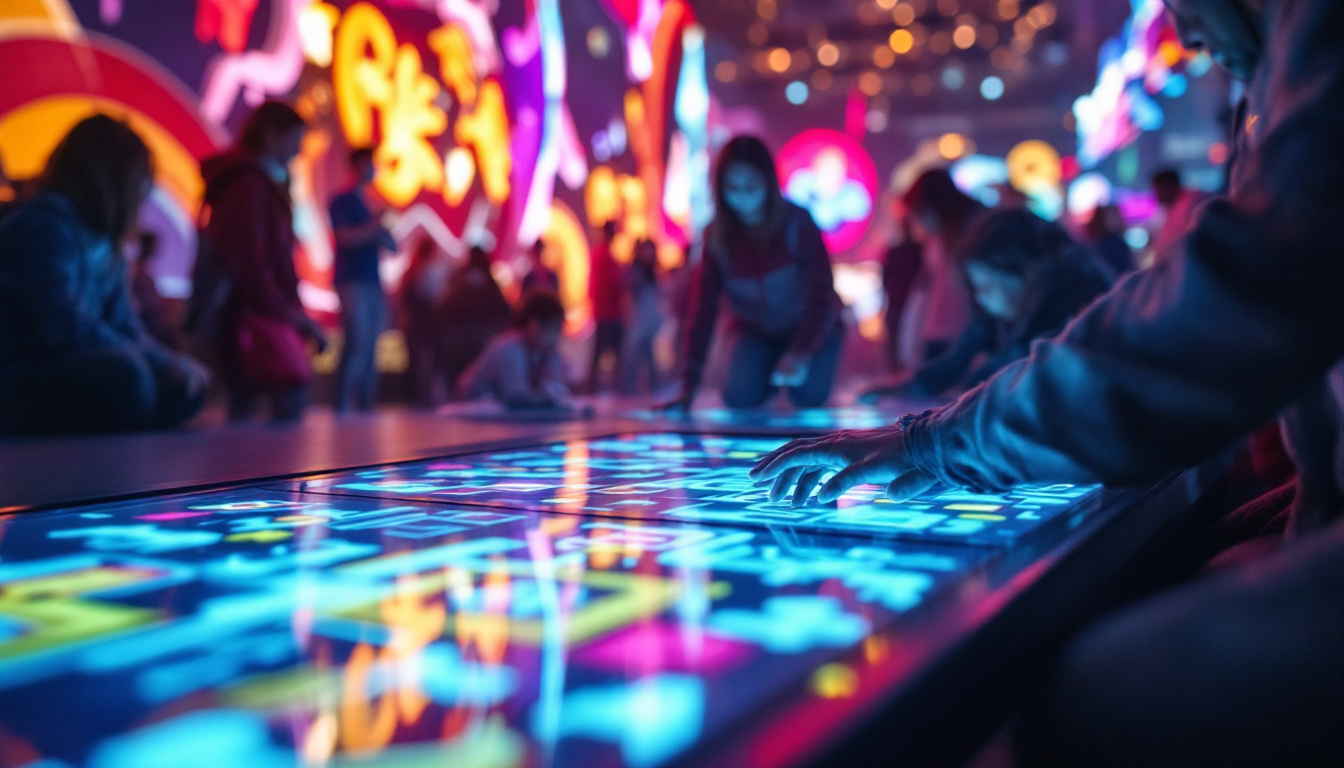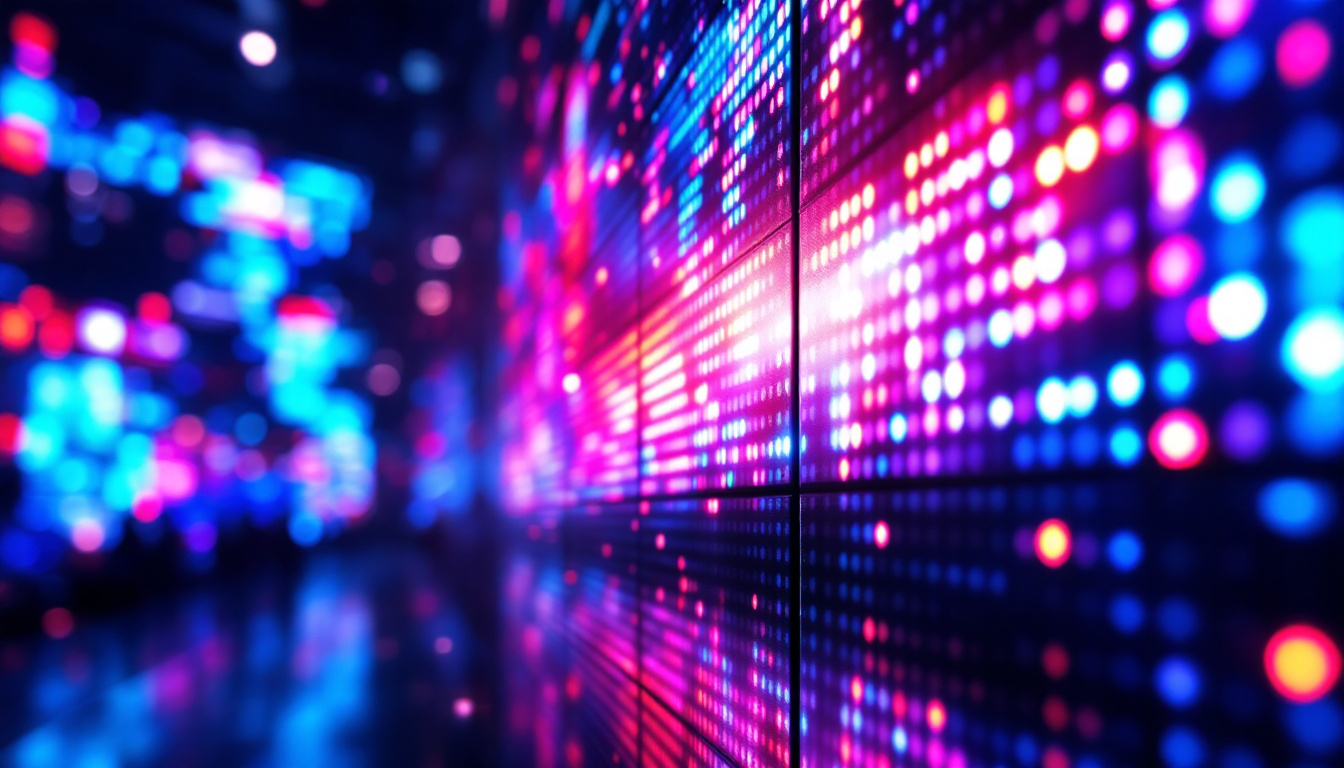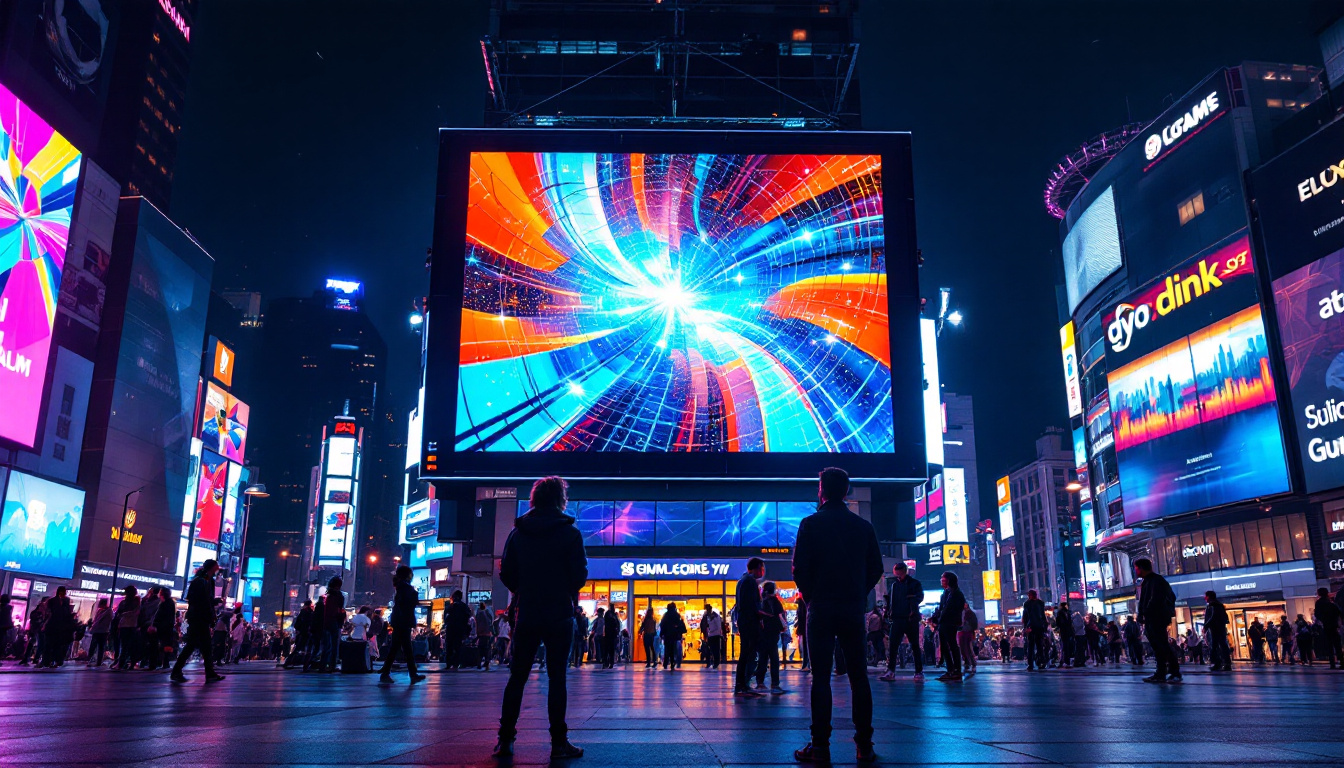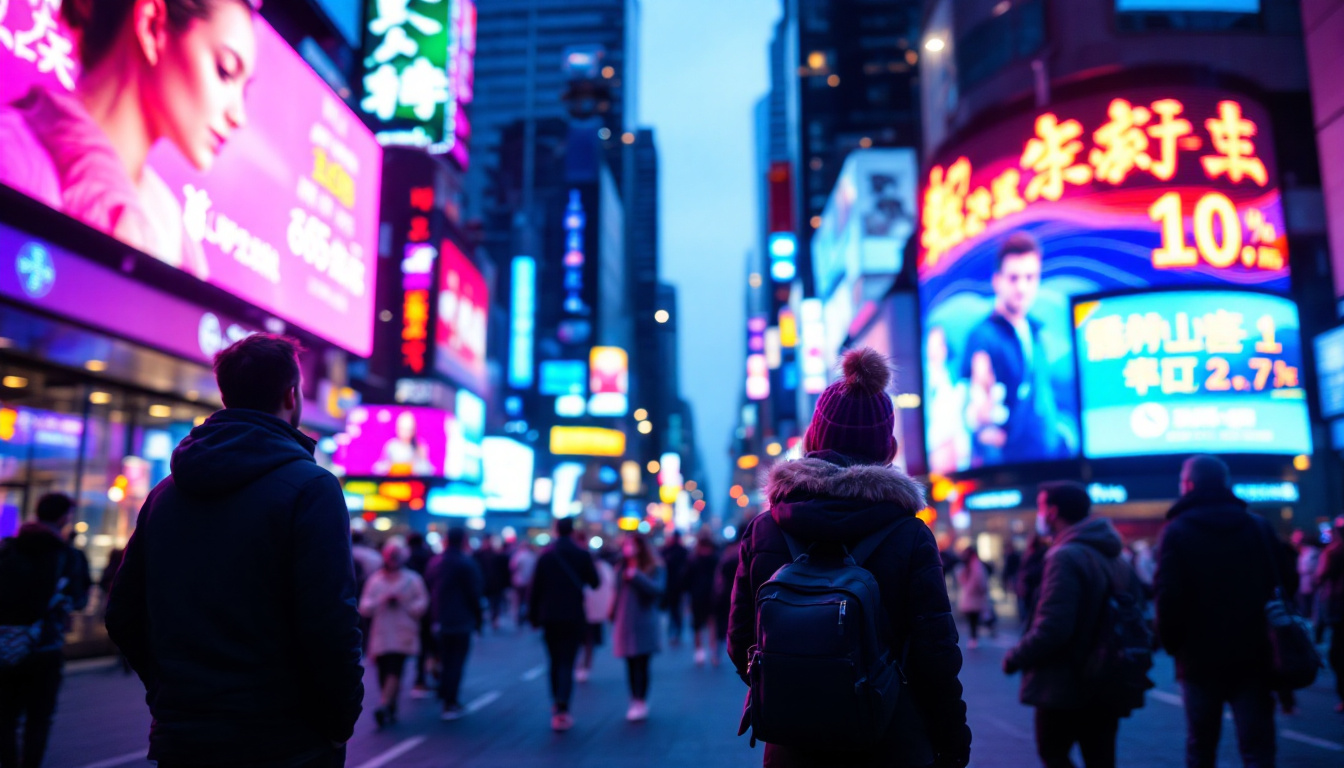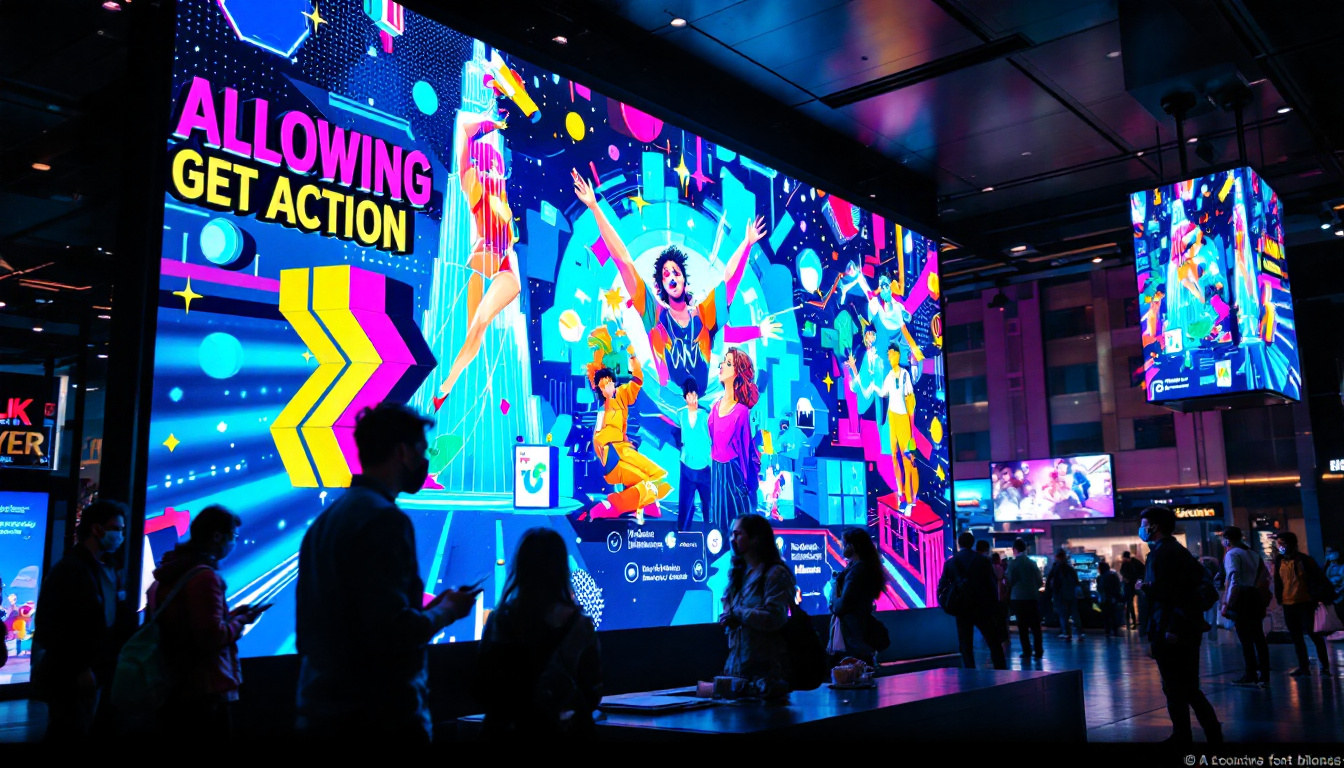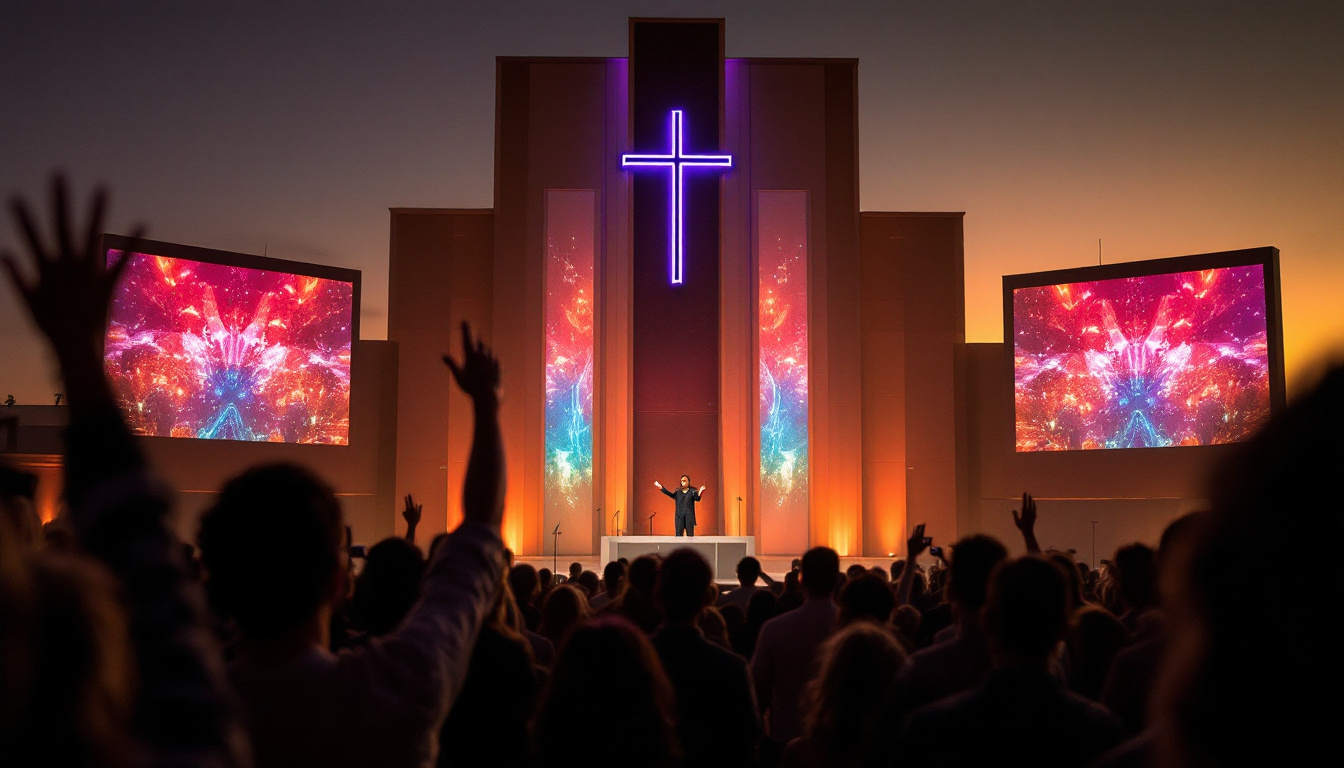In today’s digital age, LED displays have become an integral part of our lives, found in everything from smartphones to large outdoor billboards. As technology continues to evolve, understanding the nuances of LED displays—especially in application-led contexts—becomes essential for both consumers and businesses alike. This article delves into the intricacies of LED displays, exploring their applications, advantages, and the technology behind them.
Understanding LED Technology
Light Emitting Diodes (LEDs) are semiconductor devices that emit light when an electric current passes through them. This technology has revolutionized the way displays function, offering numerous advantages over traditional display technologies like LCD and CRT. The compact size and versatility of LEDs have enabled their integration into a wide range of applications, from simple indicator lights to complex video walls, fundamentally changing how we interact with visual media.
The Basics of LED Displays
LED displays consist of an array of tiny light-emitting diodes that work together to create images and videos. These displays can be categorized into two main types: direct-view and backlit. Direct-view LED displays utilize individual LEDs to form images, while backlit displays use LEDs to illuminate a liquid crystal display (LCD) panel. The direct-view technology allows for greater brightness and contrast, making it particularly effective for outdoor applications where visibility is crucial.
One of the most significant advantages of LED technology is its energy efficiency. Compared to traditional lighting methods, LEDs consume significantly less power, making them an environmentally friendly choice. Additionally, they have a longer lifespan, often lasting tens of thousands of hours, which reduces the need for frequent replacements. This longevity not only contributes to cost savings over time but also minimizes waste, aligning with global sustainability efforts.
Types of LED Displays
LED displays come in various forms, each tailored for specific applications. Common types include:
- Indoor LED Displays: These are designed for use in controlled environments, such as conference rooms, theaters, and retail spaces. They typically offer high resolution and vibrant colors, making them ideal for showcasing detailed graphics and videos that captivate audiences.
- Outdoor LED Displays: Built to withstand harsh weather conditions, outdoor displays are often used for advertising, events, and public information systems. They are usually brighter and more durable than indoor versions, ensuring visibility even in direct sunlight. Many outdoor displays also feature advanced technology like automatic brightness adjustment, which optimizes visibility based on ambient light conditions.
- Transparent LED Displays: These innovative displays allow for visibility through the screen, making them ideal for storefronts and exhibitions where maintaining a view of the surroundings is essential. They can create stunning visual effects while still allowing light to pass through, thus enhancing the aesthetic appeal of retail spaces and modern architecture.
Furthermore, the evolution of LED technology has led to the development of flexible LED displays, which can be bent and shaped to fit various surfaces. This flexibility opens up new possibilities for creative installations in art and design, allowing for immersive experiences that engage viewers in unique ways. As the technology continues to advance, we can expect even more innovative applications that push the boundaries of traditional display methods.
Applications of LED Displays
The versatility of LED displays allows them to be utilized across a wide range of industries and applications. From advertising to entertainment, their impact is profound and far-reaching.
Advertising and Marketing
One of the most prominent applications of LED displays is in advertising. digital billboards and signage have transformed the way brands communicate with consumers. The ability to change content in real-time allows businesses to tailor their messages to specific audiences and times, maximizing engagement.
Moreover, LED displays can be programmed to show dynamic content, including videos, animations, and interactive elements. This capability not only captures attention but also enhances brand visibility and recall. As a result, many companies are investing heavily in LED advertising solutions to stay competitive in a crowded marketplace. The effectiveness of LED advertising is further amplified by the integration of data analytics, enabling brands to measure the impact of their campaigns and adjust strategies accordingly. This data-driven approach ensures that marketing efforts are not only creative but also strategically aligned with consumer behavior and preferences.
Entertainment and Events
In the entertainment industry, LED displays play a crucial role in enhancing the audience experience. Concerts, festivals, and sporting events often feature large LED screens that display live feeds, graphics, and animations, creating an immersive atmosphere.
Additionally, LED technology is widely used in theaters and cinemas for stage backdrops and visual effects. The high brightness and contrast ratios of LED displays ensure that visuals remain vibrant and clear, even in large venues. Beyond traditional applications, LED displays are now being integrated into virtual reality experiences and interactive installations, allowing audiences to engage with performances in innovative ways. This evolution not only captivates viewers but also opens new avenues for artistic expression, making each event a unique spectacle that resonates with attendees long after the final curtain call.
Transportation and Public Information
LED displays are also prevalent in transportation systems, providing real-time information to passengers. Train stations, airports, and bus terminals utilize LED screens to display arrival and departure times, flight information, and other crucial updates.
Furthermore, LED displays are used in traffic management systems to convey important messages to drivers, such as speed limits, road conditions, and emergency alerts. This application not only enhances safety but also improves the overall efficiency of transportation networks. In addition to these practical uses, LED technology is being explored for smart city initiatives, where interconnected displays can provide real-time updates on public transport schedules, local events, and even environmental conditions. This integration of LED displays into urban infrastructure not only streamlines communication but also fosters a sense of community engagement, as residents and visitors alike can stay informed about happenings in their vicinity. As cities evolve, the role of LED displays in shaping urban experiences will likely continue to expand, making them a vital component of modern public information systems.
Advantages of LED Displays
The adoption of LED displays across various sectors can be attributed to their numerous advantages. Understanding these benefits can help businesses and consumers make informed decisions.
Energy Efficiency
One of the most significant advantages of LED displays is their energy efficiency. LEDs consume significantly less power compared to traditional lighting technologies, which translates to lower electricity bills and reduced carbon footprints. This energy efficiency is particularly beneficial for large installations, such as outdoor advertising displays, where power consumption can be substantial.
Longevity and Durability
LED displays are known for their impressive lifespan, often exceeding 50,000 hours of operation. This longevity reduces the frequency of replacements, leading to lower maintenance costs over time. Additionally, many LED displays are designed to withstand harsh environmental conditions, making them suitable for outdoor use.
High Brightness and Contrast
LED technology offers superior brightness and contrast levels compared to other display technologies. This characteristic is particularly important for outdoor displays, where visibility in direct sunlight is crucial. The ability to produce vivid colors and deep blacks enhances the overall viewing experience, making LED displays a popular choice for various applications.
Challenges and Considerations
While LED displays offer numerous benefits, there are also challenges and considerations that need to be addressed. Understanding these factors is essential for making informed decisions regarding LED technology.
Initial Costs
Despite their long-term cost savings, the initial investment for LED displays can be higher than other display technologies. Businesses must weigh the upfront costs against the potential savings in energy and maintenance over time. For many, the long-term benefits justify the initial expenditure.
Heat Management
LED displays generate heat during operation, which can impact performance and longevity if not managed properly. Effective heat dissipation systems are necessary to ensure optimal functioning and to prevent overheating. This consideration is particularly important for large-scale installations where heat buildup can be significant.
Content Management
To maximize the effectiveness of LED displays, businesses must invest in content management systems that allow for easy updates and scheduling of content. This requirement can add complexity to the operation of LED displays, necessitating training and ongoing management to ensure that the content remains relevant and engaging.
The Future of LED Displays
The future of LED displays looks promising, with ongoing advancements in technology and applications. As innovations continue to emerge, the potential for LED displays to transform various industries expands.
Advancements in Technology
Recent developments in LED technology, such as MicroLED and MiniLED, are paving the way for even more efficient and high-quality displays. These technologies offer improved color accuracy, higher resolutions, and better energy efficiency, making them suitable for a wider range of applications.
Additionally, the integration of smart technology into LED displays is becoming increasingly common. Features such as IoT connectivity and AI-driven content management systems are enhancing the functionality of LED displays, allowing for more personalized and interactive experiences.
Sustainability Initiatives
As sustainability becomes a priority for many businesses, the LED industry is also moving towards greener practices. Manufacturers are focusing on reducing the environmental impact of production processes and creating displays that are easier to recycle at the end of their lifespan. This shift towards sustainability is likely to drive further adoption of LED technology across various sectors.
Expanding Applications
The applications of LED displays are continually expanding, with new use cases emerging in fields such as healthcare, education, and smart cities. For instance, hospitals are utilizing LED displays for patient information systems, while educational institutions are incorporating them into classrooms for interactive learning experiences.
Conclusion
LED displays have transformed the way information is presented and consumed across various industries. Their energy efficiency, longevity, and versatility make them an attractive option for businesses looking to enhance their communication strategies. As technology continues to evolve, the potential applications for LED displays will only expand, making them an indispensable tool in the digital landscape.
Understanding the intricacies of LED technology, its applications, and the benefits it offers is crucial for anyone looking to leverage this powerful medium. Whether for advertising, entertainment, or public information, LED displays are here to stay, illuminating our world in more ways than one.
Illuminate Your Space with LumenMatrix
Ready to elevate your visual communication? LumenMatrix is at the forefront of LED display innovation, offering a wide array of solutions tailored to your needs. From Indoor and Outdoor LED Wall Displays to specialized options like Vehicle, Sports, and Floor LED Displays, we have the technology to bring your vision to life. Embrace the future with our Custom, All-in-One, and Transparent LED Displays, designed to captivate and engage your audience. Don’t just share your message—make it resonate with clarity and impact. Check out LumenMatrix LED Display Solutions today and transform your space into a dynamic visual experience.

